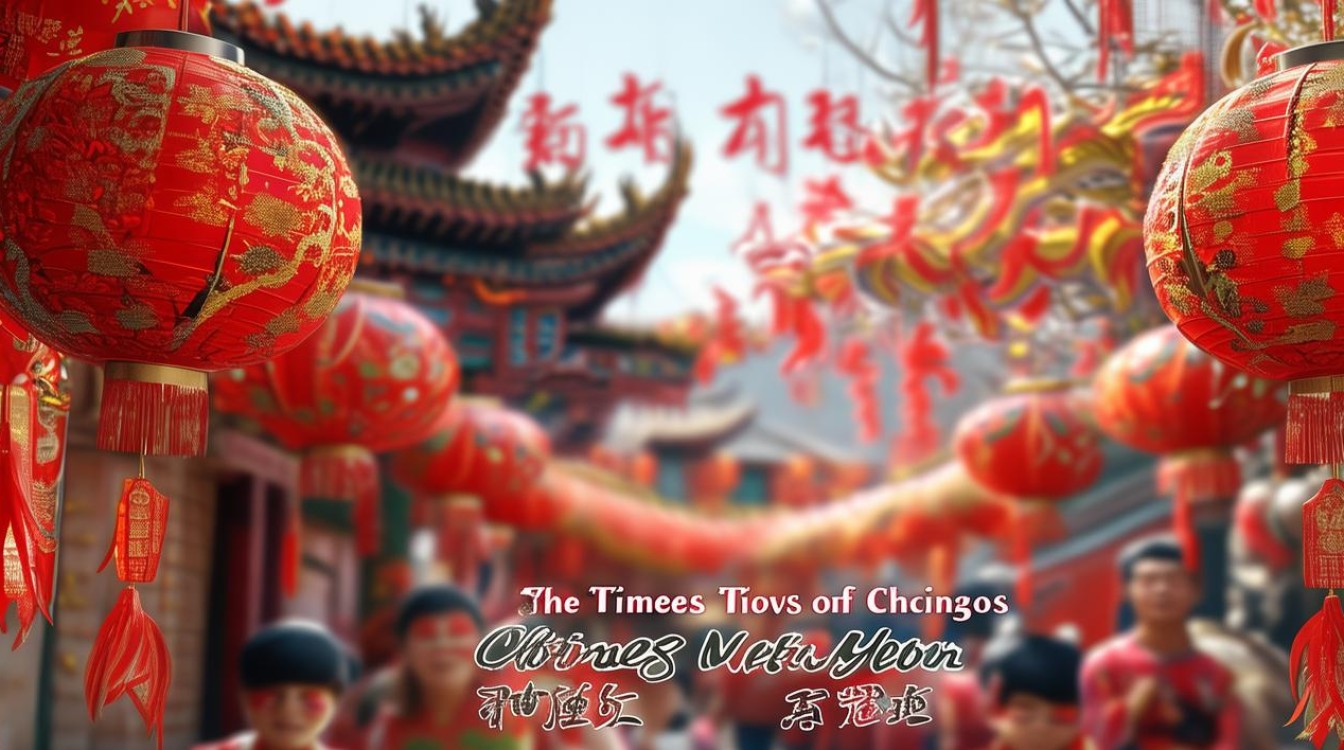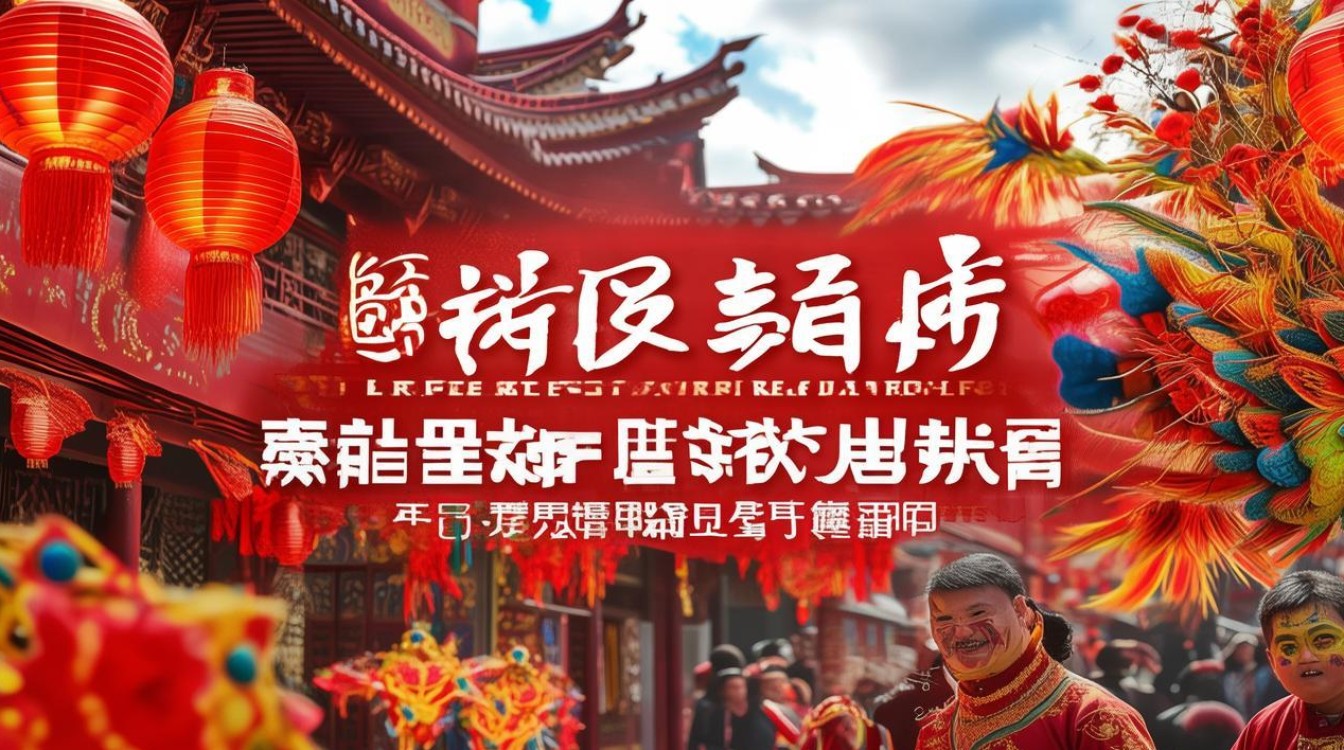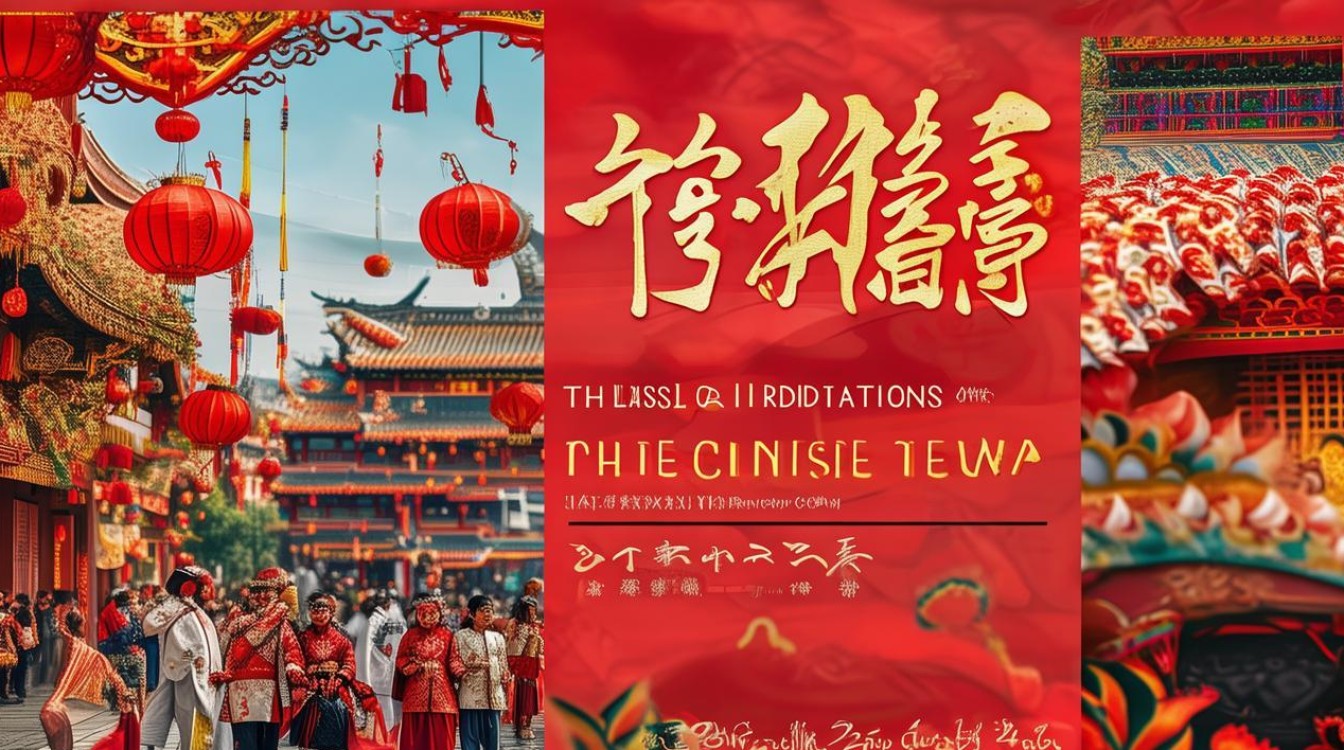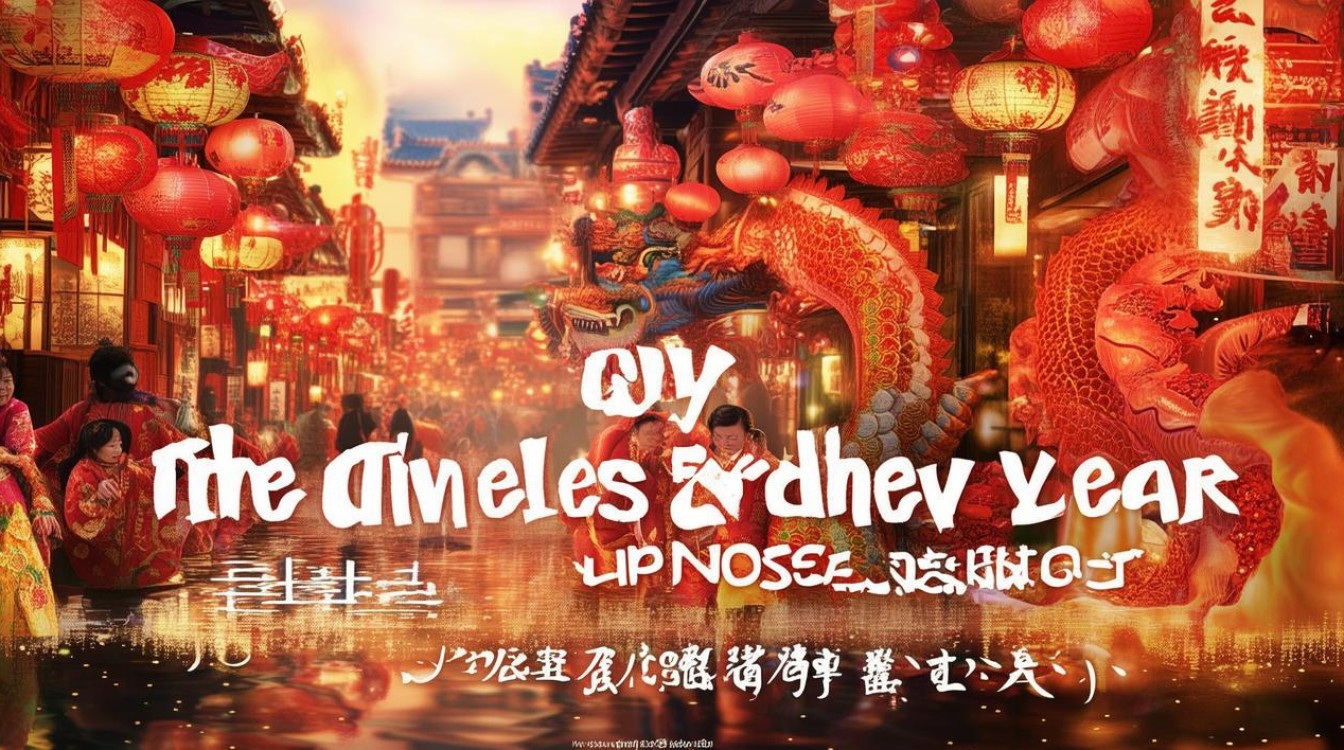Chinese New Year, also known as the Spring Festival, is the most significant celebration in Chinese culture. With a history spanning thousands of years, this festival embodies deep-rooted customs, family values, and vibrant cultural expressions. For those unfamiliar with its traditions, understanding the essence of Chinese New Year offers a glimpse into the heart of Chinese heritage.

The Origins and Significance
The origins of Chinese New Year trace back to ancient agrarian society, where the festival marked the end of winter and the beginning of spring. According to legend, a mythical beast named Nian would emerge at the start of each year, terrorizing villages. People discovered that loud noises, bright lights, and the color red could scare Nian away, leading to traditions like firecrackers and red decorations.
Beyond folklore, the festival symbolizes renewal and prosperity. Families reunite, debts are settled, and homes are cleaned to sweep away bad luck. The emphasis on fresh starts and harmony reflects Confucian values, which prioritize familial bonds and societal order.
Key Customs and Practices
-
Reunion Dinner (年夜饭)
The eve of Chinese New Year is reserved for a lavish feast with loved ones. Dishes like fish (symbolizing abundance), dumplings (representing wealth), and spring rolls (signifying prosperity) are staples. The meal is more than just food—it’s a ritual reinforcing unity and gratitude. -
Red Envelopes (红包)
Elders give red envelopes (hongbao) filled with money to children and unmarried adults. The red color wards off evil, while the act itself signifies blessings for the new year. Digital hongbao via apps like WeChat have modernized this tradition without losing its meaning.
-
Fireworks and Lion Dances
Fireworks light up the sky to drive away misfortune, while lion dances bring good luck. The rhythmic drumming and acrobatic performances are not just entertainment but cultural prayers for fortune and safety. -
House Cleaning and Decorations
Before the new year, families thoroughly clean their homes to remove lingering negativity. Red lanterns, couplets with poetic verses, and paper cuttings adorn doors and windows, inviting happiness and longevity.
Regional Variations
While core traditions remain, regional differences add richness to the celebration:
- Northern China: Dumplings are essential, often made with family participation.
- Southern China: Sweet rice cakes (niangao) dominate, symbolizing growth and progress.
- Hong Kong & Macau: Flower markets bloom with peonies and orchids, believed to attract good fortune.
- Overseas Communities: Chinatowns worldwide host parades, blending local influences with traditional customs.
Modern Adaptations
Globalization and technology have reshaped how Chinese New Year is celebrated:

- Virtual Reunions: Video calls bridge distances for families separated by work or travel.
- E-Commerce Gifting: Online platforms facilitate sending gifts and hongbao across borders.
- Eco-Friendly Practices: Cities like Beijing restrict fireworks to reduce pollution, replacing them with light shows.
Despite these changes, the festival’s soul remains intact. Younger generations may innovate, but the emphasis on family, respect for ancestors, and hopes for a prosperous year endure.
Why Chinese New Year Matters Globally
As China’s influence grows, so does global appreciation for its festivals. Major cities now recognize Chinese New Year as a cultural event, with landmarks like the Sydney Opera House lit in red. For non-Chinese, participating in local celebrations fosters cross-cultural understanding.
At its core, Chinese New Year is a testament to resilience and joy. Whether through ancient rituals or modern adaptations, it continues to unite people across generations and borders.
The Spring Festival isn’t just a holiday—it’s a living tradition that evolves while honoring its past. For those who celebrate, it’s a reminder of identity, belonging, and the enduring power of cultural heritage.


